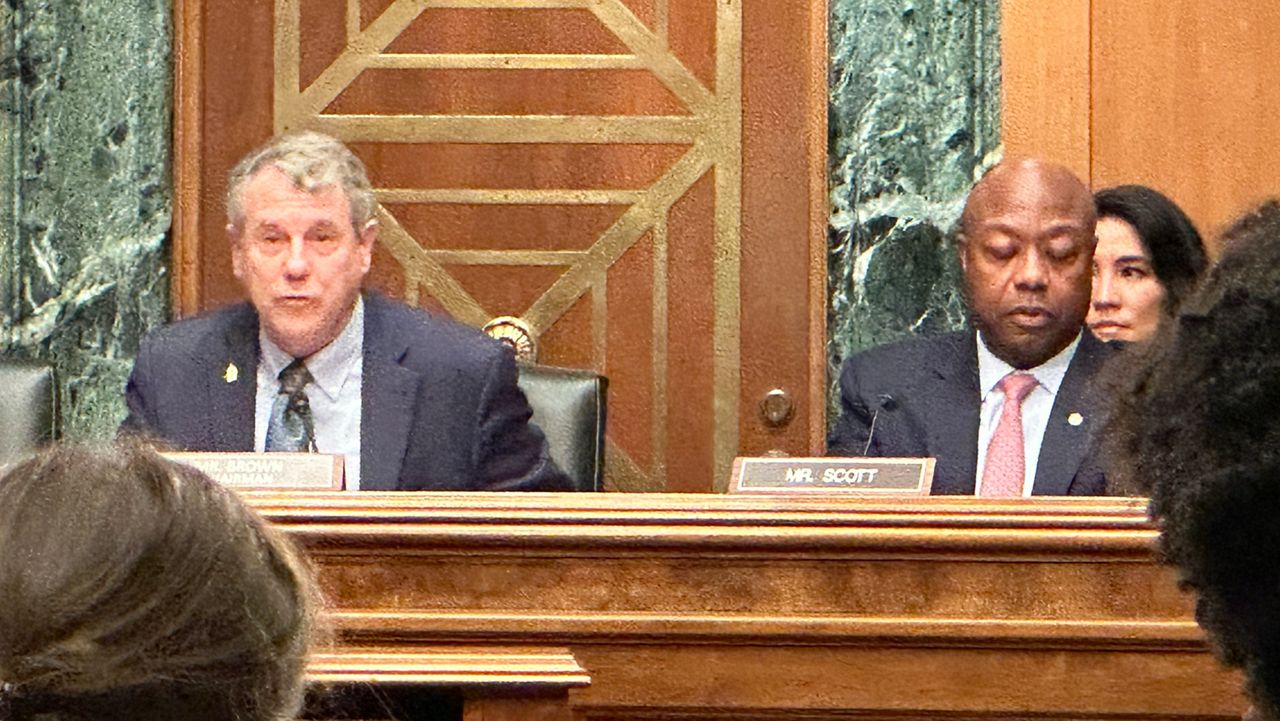COLUMBUS, Ohio — It's been five years since Ohio has executed its death penalty. Gov. Mike DeWine delayed executions due to limited access of the drug used for the lethal injection. But Ohio prosecutors are looking to resume executions through alternative methods.
"We just want to find a pathway forward for the victims of these crimes," said Louis Tobin, the executive director of Ohio Prosecuting Attorneys Association.
Tobin said Ohio needs to continue its using the death penalty to provide proper justice. He said if there is a shortage of the drug needed for the lethal injection, Ohio can use nitrogen hypoxia.
"Filings by the defense bar and federal death penalty pleadings and in (the) Supreme Court of Ohio pleadings have acknowledged that it would be a painless method of execution," Tobin said.
The process of nitrogen hypoxia works by removing oxygen and letting a person die by inhaling nitrogen gas. But access to the drug is not the only factor, and not everyone agrees with the death penalty. The Rev. Dr. Jack Sullivan, Jr. from the Ohio Council of Churches said capital punishment is immoral.
"Holding someone down," Sullivan said, "and strapping them down to fill their veins with toxins is not humane."
Sullivan applauds prosecutors for wanting to bring justice to the victims of people who are put on death row. However, he said there is always another option.
"I think the public supports life in prison for those persons," Sullivan said, "which, according to records, is more a cheaper way to go than the execution visit itself."
According to the Department of Rehabilitation and Corrections, it costs roughly $37,000 per year to house an inmate. That's compared to $1 to $3 million per person for a lethal injection, according to a study by the Ohio Legislative Service Commission.
"Somebody who murders one young child is already facing that possibility without a death penalty," Tobin said, "and without the additional accountability that it provides, you're allowing them to kill the second and third child for free. They're free kills. So the death penalty is what justice demands sometimes. Either we're going to be a state that prioritizes public safety and prioritizes the victims of crime or we're not."
In response to the Ohio Prosecuting Attorneys Association proposal, the governor’s office said only the Ohio General Assembly can change the methods for applying the death penalty.










